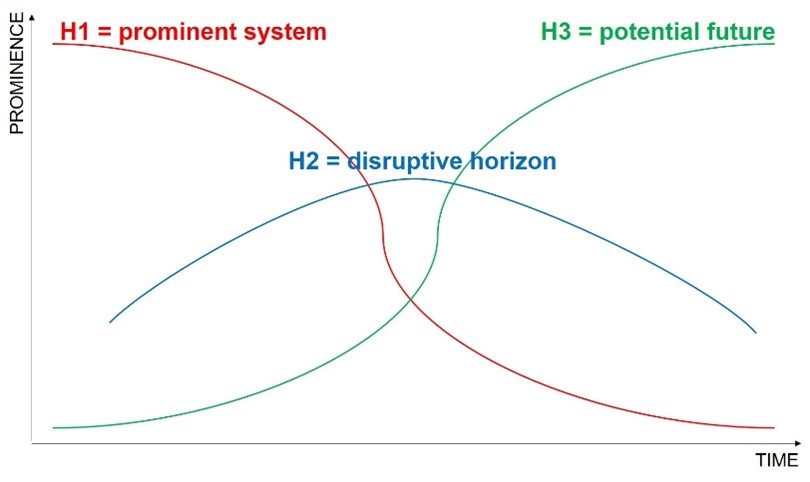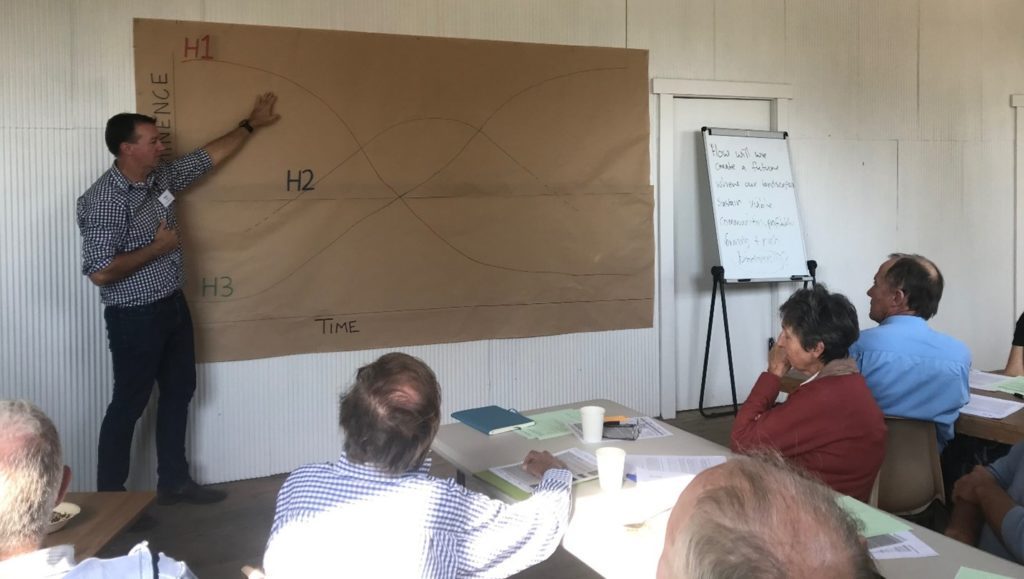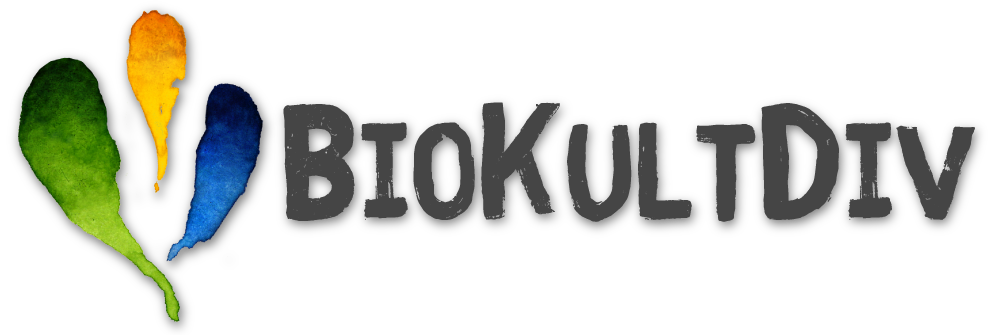Exploring the future of farming and biodiversity in agricultural landscapes in Australia. Part 1
About The project ‘The future of farming and biodiversity in agricultural landscapes’:
The Muttama Creek Catchment area’ seeks to explore options to integrate profitable farming and successful biodiversity conservation in the future (see link). The study area is a mixed farming landscape in south-eastern Australia. The project team consists of project leader Jan Hanspach, PhD student Tamara Schaal and partners at the Australian National University in Canberra (Australia).
This year the research team ran two workshops to bring together local communities and to explore the future for farming and biodiversity in the study area. The workshops served to discuss preferred futures and which actions can be taken individually and collaboratively to move towards the desired futures.
This blogpost focuses on the framework used to explore different future pathways during these workshops.
If you want to find out more about the project, visit the project website or facebook page.
The Three Horizons framework
In 2020, we conducted interviews with a broad range of stakeholders (land managers, governmental organizations etc.) in our study region to understand their perspectives on biodiversity conservation in farming. We found four discourses which reflect quite different understandings of the relationship between biodiversity and farming (see link).
As part of the project, we also wanted to bring local stakeholders together to explore different futures of farming and biodiversity. In particular, we wanted to explore new pathways to create a future where the landscape sustains viable communities, profitable farming and rich biodiversity. It was important that our approach could accommodate the different viewpoints we identified in the first place and to actively engage and empower participants in the process. Therefore, we applied the Three Horizons framework to guide and structure the discussions (Fig. 1). Three Horizons is a practical tool that uses the idea of three different but overlapping horizons to guide discussion around future changes. These horizons are:
Horizon 1 (H1) is the prominent system. It is the business as usual (c.f. Sharpe et al. 2016) and includes everything around us. However, this system is not viable in the long term and will change. The dominant system will decline for good or bad reasons. In our case study the focus was on land use and especially the interconnection of the farming systems, communities and biodiversity.
Horizon 2 (H2) is the disruptive horizon. These are big ideas, big policy change, new ways of thinking or technological innovations. These disruptions speed up the decline of H1 and the increase of the third horizon. For example, participants considered innovations such as solar farming or hydroponics.
Horizon 3 (H3) is the potential future. It includes all the innovations and ideas that could become prominent. Many of the ideas and things that we want for a better future are in the current system yet but they are not prominent. This includes for example a diverse workforce in rural communities or economic opportunities for small rural businesses.

We ran two workshops using the Three Horizons tool to discuss pathways towards the future in a structured way in our study area. Due to the pandemic, we had to organize the workshops remotely, but were lucky enough to avoid lockdown in Australia. The first workshop at the end of April this year focused on discussing H1 and H3. The results were the building blocks for the second workshop, where participants discussed pathways to move from the current system towards desired futures through the second horizon.

Although there were opposing viewpoints in particular about the role of corporate farming and regenerative agriculture, participants overall agreed that they enjoyed coming together and discussing the future of their community. The Three Horizons tool helped participants to think about the future differently and to collectively consider current issues and aspirations for the future as feedback provided by two participants after the second workshop suggests:
“A different way of thinking about problem solving. The future is bright!”
“Although a divergent group from the community, the overall commonality was the strength.”
More information on the two workshops will follow in the next blogposts.
Reference
Sharpe, B., Hodgson, A., Leicester, G., Lyon, A., Fazey, I. (2016): Three horizons: a pathways practice for transformation. Ecology & Society 21 (2).

